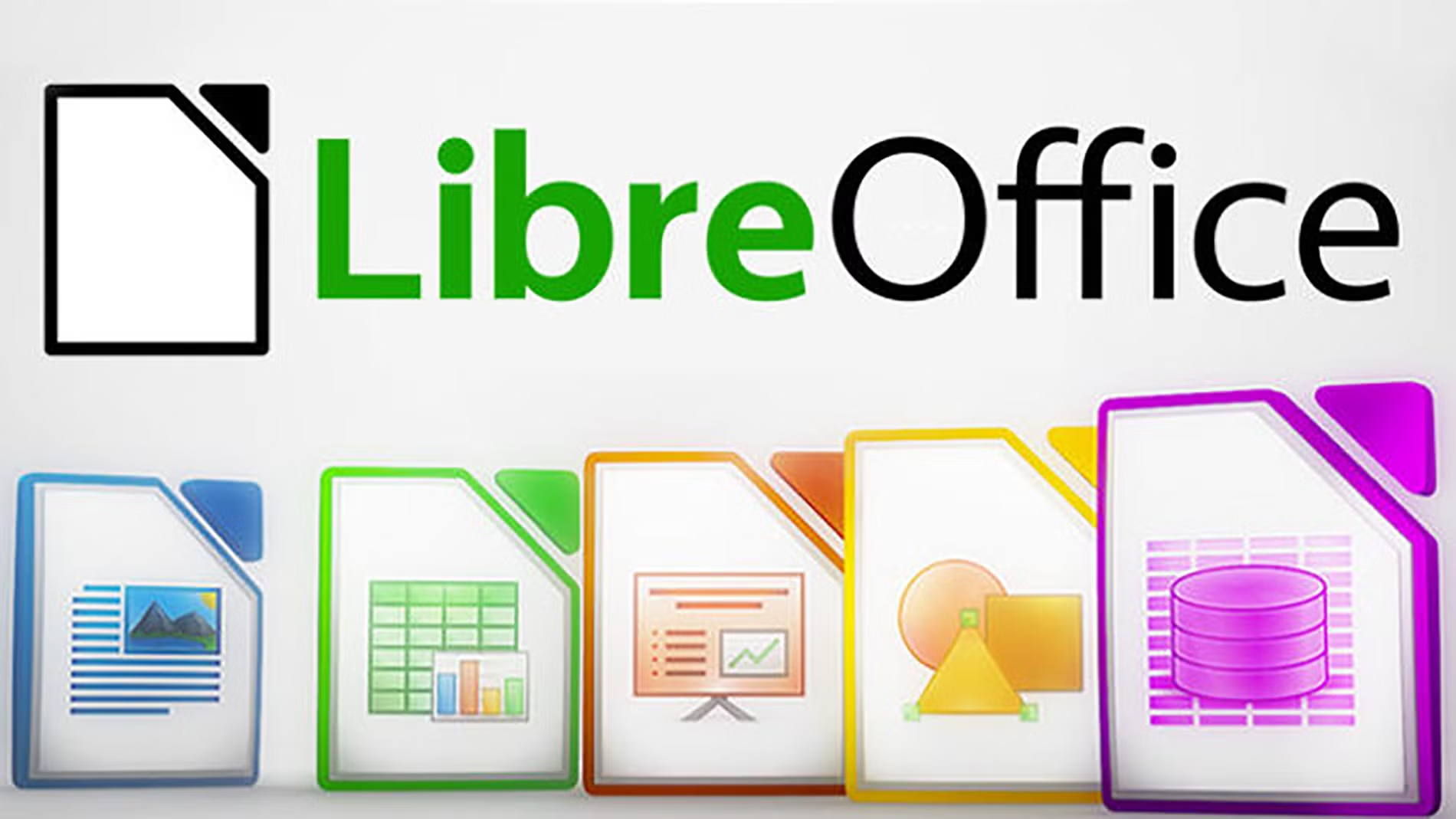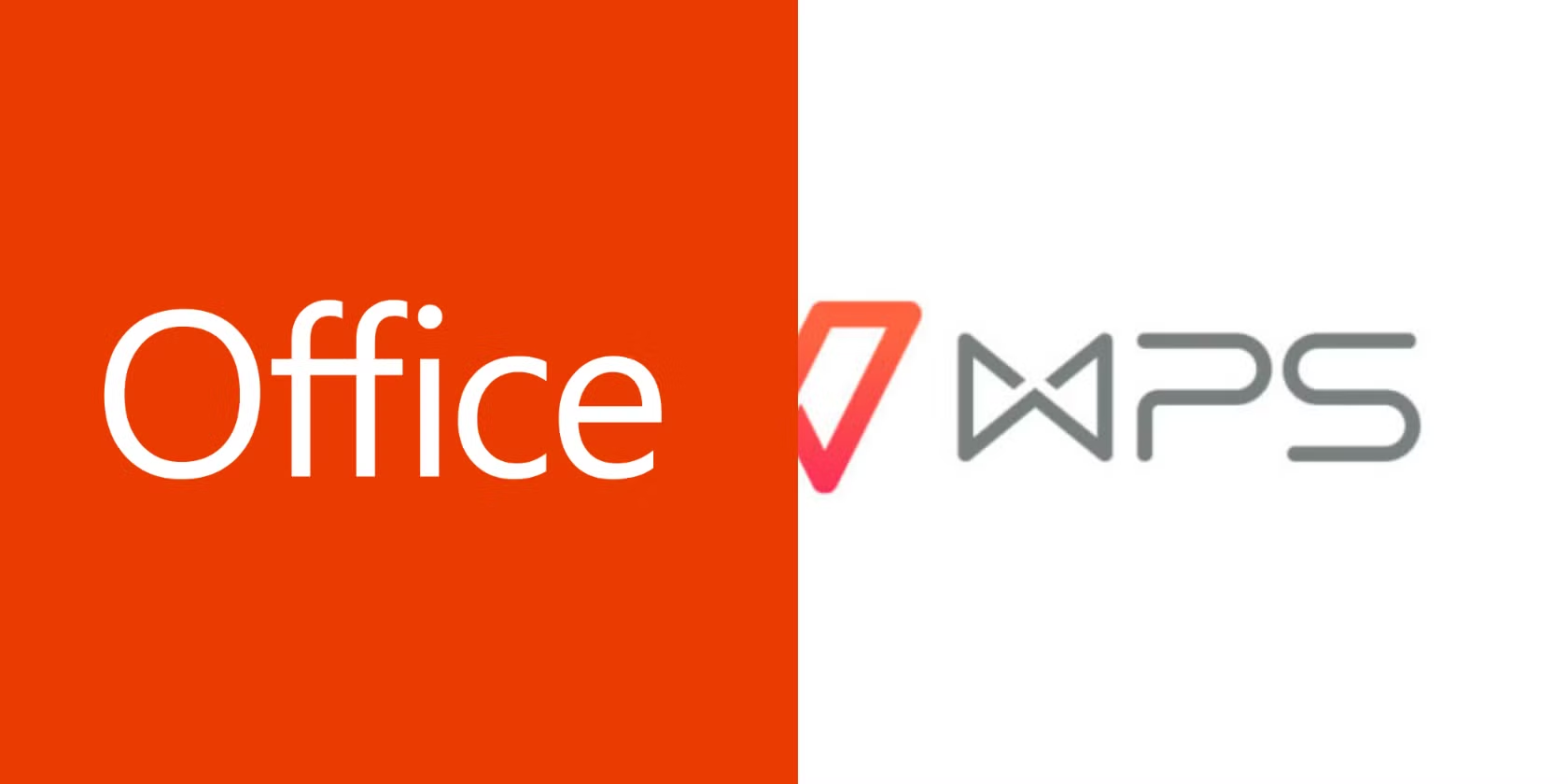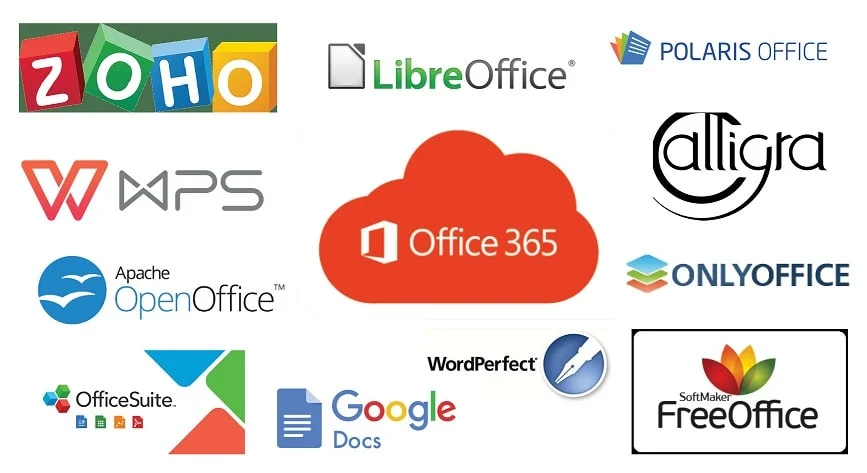Microsoft Office has long dominated the productivity software, but its subscription-based pricing model can strain budgets for individuals, students, and small businesses. Fortunately, the market offers numerous high-quality alternatives that deliver comparable functionality without the hefty price tag. These free office suites provide essential tools for word processing, spreadsheet management, and presentation creation while maintaining compatibility with Microsoft’s file formats.
The shift toward free alternatives has gained momentum as users seek cost-effective solutions that don’t compromise on features or reliability. Whether you’re a student working on assignments, a professional managing business documents, or someone who simply needs basic office functionality, these alternatives offer compelling reasons to reconsider your software choices. Many of these suites match or even exceed Microsoft Office’s capabilities in specific areas, while providing additional benefits like open-source transparency, cross-platform compatibility, and freedom from subscription fees.
Modern free office alternatives have evolved significantly, offering polished interfaces, robust feature sets, and seamless integration with cloud services. They support multiple file formats, provide collaborative tools, and often include specialized applications that Microsoft Office lacks. This comprehensive guide explores the top free alternatives available today, examining their strengths, weaknesses, and ideal use cases to help you make an informed decision about your productivity software needs.
LibreOffice: The Open-Source Powerhouse

LibreOffice stands as the most comprehensive free alternative to Microsoft Office, offering a complete suite of applications that cover virtually every productivity need. This open-source solution includes Writer for word processing, Calc for spreadsheets, Impress for presentations, Base for database management, Draw for vector graphics, and Math for formula editing.
The suite’s greatest strength lies in its extensive feature set and excellent compatibility with Microsoft Office file formats, including DOCX, XLSX, and PPTX. LibreOffice supports Windows, macOS, and Linux platforms, making it accessible to users across different operating systems. The software receives regular updates from a global community of developers, ensuring continuous improvement and security patches.
However, LibreOffice does present some challenges. The interface can feel dated compared to modern alternatives, resembling older versions of Microsoft Office rather than contemporary design standards. Performance may lag when handling extremely large files, and some users find the learning curve steeper than other alternatives. Despite these limitations, LibreOffice remains the go-to choice for users seeking a feature-rich, completely free office suite with no hidden costs or advertisements.
SoftMaker FreeOffice: The User-Friendly Champion
SoftMaker FreeOffice emerges as a standout option for users prioritizing ease of use and interface familiarity. This lightweight suite includes TextMaker (word processor), PlanMaker (spreadsheet application), and Presentations (presentation software), providing all essential office functions in a clean, intuitive package.
FreeOffice’s defining feature is its flexible interface design, allowing users to choose between the modern Ribbon interface popularized by Microsoft Office or classic menu-based navigation preferred by traditional users. This adaptability makes it an excellent choice for teams with varying preferences or organizations transitioning from older software versions.
The suite excels in Microsoft Office compatibility, seamlessly handling DOCX, XLSX, and PPTX formats without conversion issues. Installation requires no account creation or personal information, and the software operates entirely offline without data collection concerns. FreeOffice supports Windows, macOS, and Linux platforms, though it lacks some advanced features found in LibreOffice, such as database management tools.
WPS Office: The Feature-Rich Alternative

WPS Office distinguishes itself through its modern interface and comprehensive feature set that closely mimics Microsoft Office’s appearance and functionality. The suite includes Writer, Presentation, and Spreadsheets applications, plus an integrated PDF toolkit for editing, signing, and converting documents.
Key advantages include tabbed multitasking capabilities, allowing users to work with multiple documents simultaneously within a single window. WPS Office provides 1GB of free cloud storage for file synchronization across devices and offers an extensive template library covering various document types. The software supports multiple platforms including Windows, Linux, iOS, Android, and web browsers.
While WPS Office offers impressive functionality, some advanced PDF features require paid subscriptions, and its collaboration tools are less robust compared to Google Workspace. The interface’s similarity to Microsoft Office makes it particularly appealing to users seeking a minimal learning curve when transitioning from Microsoft’s suite.
Google Workspace: The Cloud-First Solution
Google Workspace (formerly G Suite) represents the premier cloud-based alternative to Microsoft Office, offering Google Docs, Sheets, and Slides as web-based applications. This platform excels in real-time collaboration, allowing multiple users to edit documents simultaneously with instant synchronization.
The primary benefits include automatic saving, version history tracking, and seamless integration with other Google services like Gmail and Google Drive. The platform requires only a web browser to function, making it accessible from any device with internet connectivity. Google Workspace also supports offline editing when properly configured, addressing one of the main concerns about cloud-based solutions.
However, Google Workspace’s reliance on internet connectivity can be limiting in areas with poor network coverage. The web-based interface may feel restrictive to users accustomed to desktop applications, and some advanced formatting options available in traditional office suites may be absent.
Apache OpenOffice: The Veteran Alternative

Apache OpenOffice serves as another mature open-source option, featuring Writer, Calc, Impress, Base, Draw, and Math applications similar to LibreOffice. The suite maintains a traditional interface reminiscent of earlier Microsoft Office versions, which some users prefer over modern ribbon-style designs.
OpenOffice’s strengths include extensive compatibility with Microsoft Office file formats and a familiar user interface for those comfortable with older software versions. The suite supports Windows, macOS, and Linux platforms and benefits from community-driven development, ensuring regular updates.
The main drawbacks include slower development cycles compared to LibreOffice and limited support for newer Microsoft Office file formats. Performance optimization also lags behind more actively developed alternatives, making it less suitable for users requiring cutting-edge features or optimal speed.
Choosing the Right Alternative for Your Needs
Selecting the ideal Microsoft Office alternative depends on your specific requirements, technical expertise, and workflow preferences. For comprehensive functionality and advanced features, LibreOffice provides the most complete solution despite its dated interface. Users prioritizing ease of use and familiar interfaces should consider SoftMaker FreeOffice or WPS Office. Teams requiring strong collaboration features will benefit most from Google Workspace’s real-time editing capabilities.
Consider factors such as file format compatibility, platform support, offline functionality requirements, and feature complexity when making your decision. Most alternatives offer free trials or immediate access, allowing you to test multiple options before committing to a particular solution.
The of free office alternatives continues evolving, with regular updates improving functionality, compatibility, and user experience. These solutions prove that high-quality productivity software doesn’t require expensive subscriptions, making professional-grade office tools accessible to everyone regardless of budget constraints.



